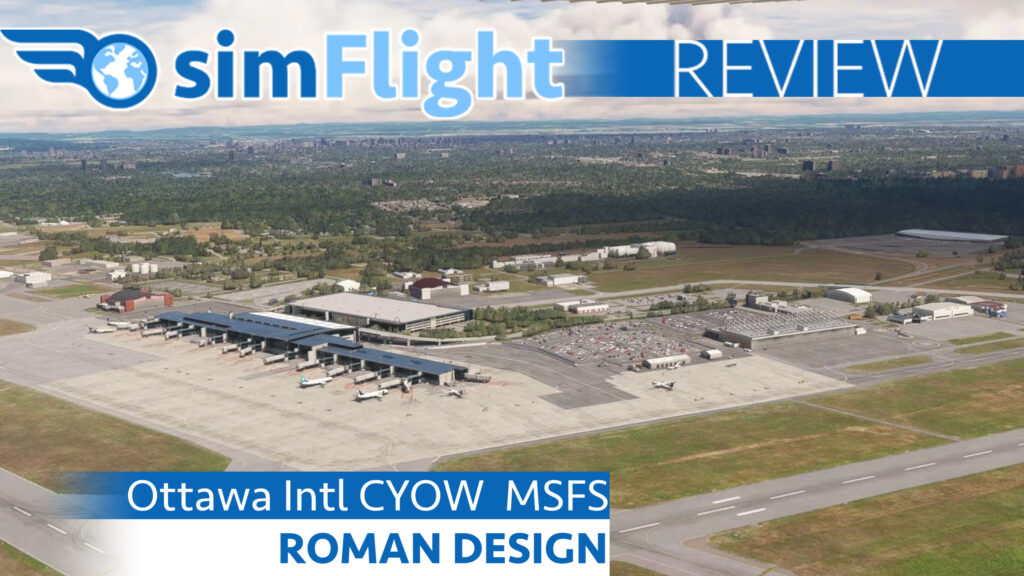
Review by: Rick Desjardins
For personal reasons this is one airport I was looking forward to reviewing. Having grown up in Ottawa and with my father having served several tours at “Uplands” as a member of the Royal Canadian Air Force during the 50’s and then myself having flown in and out of CYOW numerous times over the past 50 odd years this airport is special to me.
Ottawa/Macdonald–Cartier International Airport, ICAO: CYOW is the main international airport serving Ottawa, Ontario, Canada, and its metropolitan area as well as Gatineau, Quebec also known as the National Capital Region. The airport is named after Sir John A. Macdonald and Sir George-Étienne Cartier two founding fathers of Canada and is located in the south end of Ottawa. It is Canada’s eighth busiest airport and second busiest in Ontario by airline passenger traffic with just under 3 million passengers in 2022.
The airport was originally opened by the Ottawa Flying Club, which continues to operate at the same location, on a high plateau known as Uplands. During the Second World War it was home to the No. 2 Service Flying Training School for the British Commonwealth Air Training Plan, providing advanced pilot training in Harvard and Yale aircraft. During the 50’s it was known as CFB Ottawa South/CFB Uplands, and was a joint military/civilian airfield. The airport was renamed “Ottawa International Airport” in 1964 and then to “Ottawa Macdonald–Cartier International Airport” in 1993.
The airport consists of two distinct airfields connected via a taxiway. North of runway 14 is a small area where you find the Ottawa Flying Club along with the facilities dedicated to general aviation aircraft. It is here that we also have runway 04/22 @3,300ft.
The much larger and busier area south of the Ottawa Flying Club is where you find the main terminal along with the other commercial aviation and airport facilities. It is also in this area where the two longer runways are located; runways 14/32 @ 10,000ft and 07/25 @8,000ft.
Installation
Installation of the product is done via the “Simmarketapp” making it an easy no fuss process. My only wish and it is not confined to this product alone but with most products nowadays, being old school I’d like to see some sort of documentation or readme file that would highlight the product’s features. You currently have to rely on the product description and feature list given on the vendor’s page.
Visuals
Ground Textures
Ground textures throughout the coverage area were very good overall; being high resolution, detailed and quite realistic looking, giving an accurate representation of what you would encounter in real life.
My only negative observation here has to do with some odd elevation problems along the western edge of the main apron between taxiways C and D. When taxiing in this area the wheels of your aircraft will be submerged. There is quite a large discrepancy in elevation between runway 14/32 and the main apron that result in a steep climb or drop depending on your direction of travel when using taxiway D. This anomaly however is not visible otherwise and only encountered when taxiing in an aircraft in this specific area.
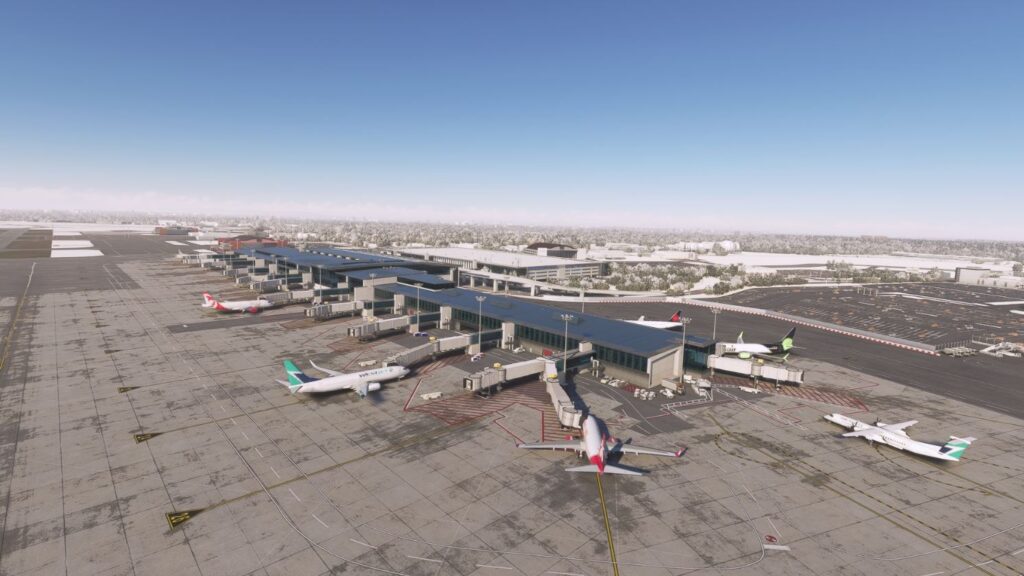
Structures and Objects
As I mentioned earlier in this review CYOW can be looked at as consisting of two distinct areas with two different focuses. I found the quality of the work however to be consistent throughout the entire airport. You can see that they’ve employed the use of high quality detailed images and textures. They were then further enhanced by including 3 dimensional detailing and weathering techniques as appropriate to give them an even more realistic appearance.
The area north of runway 04/22 is where we find the Ottawa Flying Club along with the buildings belonging to a few other small companies. They are for the most part nondescript smaller structures. Most noteworthy I thought were the OFC hangar and admin building. I did a number of exploratory flights here in the Asobo C172. I found my experiences were realistic and immersive due to the high quality of the structures. The developer has also made the hangars with functional doors allowing you to park your aircraft inside. I thought this was a nice touch.
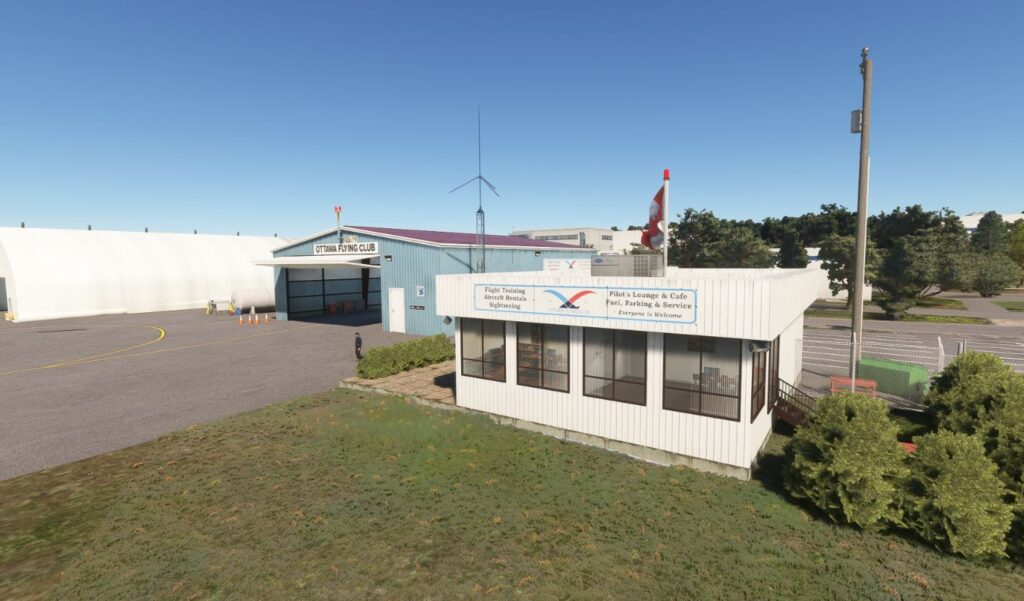
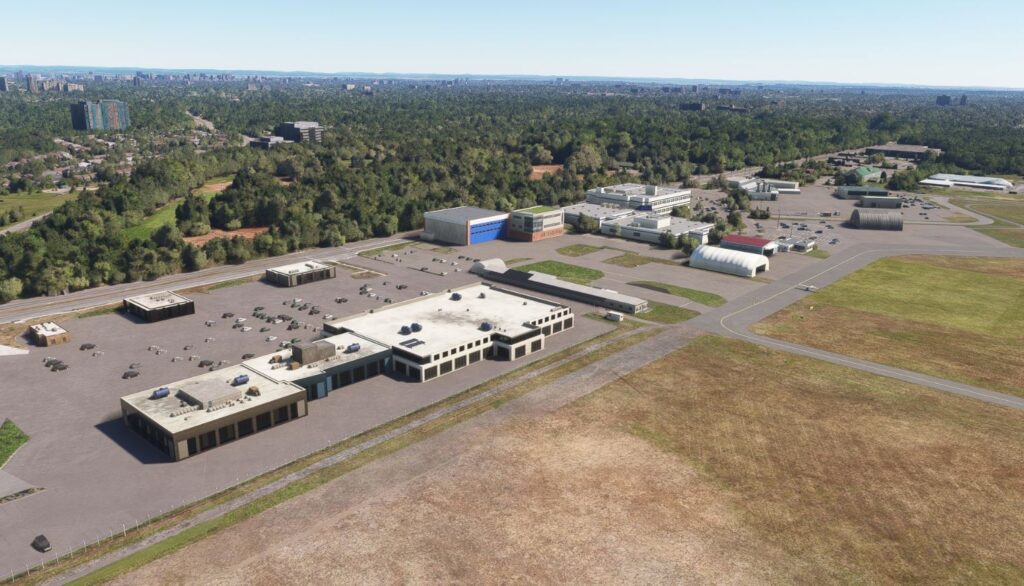
The remainder of the airport is where we see commercial operations taking place and this is where I spent the majority of my time as I flew the PMDG 737-600 in and out of CYOW. Looking at the layout of this portion of the airport the main terminal with its adjoining multi level car park is centrally located near the junction of runways 14/32 and 07/25. It is a rectangular structure with the most notable feature being the full floor to ceiling windows facing the tarmac and gates. These windows are transparent allowing you to see the added interior modelling. The terminal also has jet ways which are detailed and animated so you can connect to your aircraft once parked at your gate. This entire portion of the terminal building has also been enhanced by including various discrete features such as light fixtures, piping, 3d doorways, etc. Also populating the gate areas on the tarmac are the various types of vehicles and objects required for aircraft servicing and day to day operations; these include baggage carts, push back vehicles, tow bars, baggage carts, air stairs, etc. I found all to be detailed and of high quality as well.
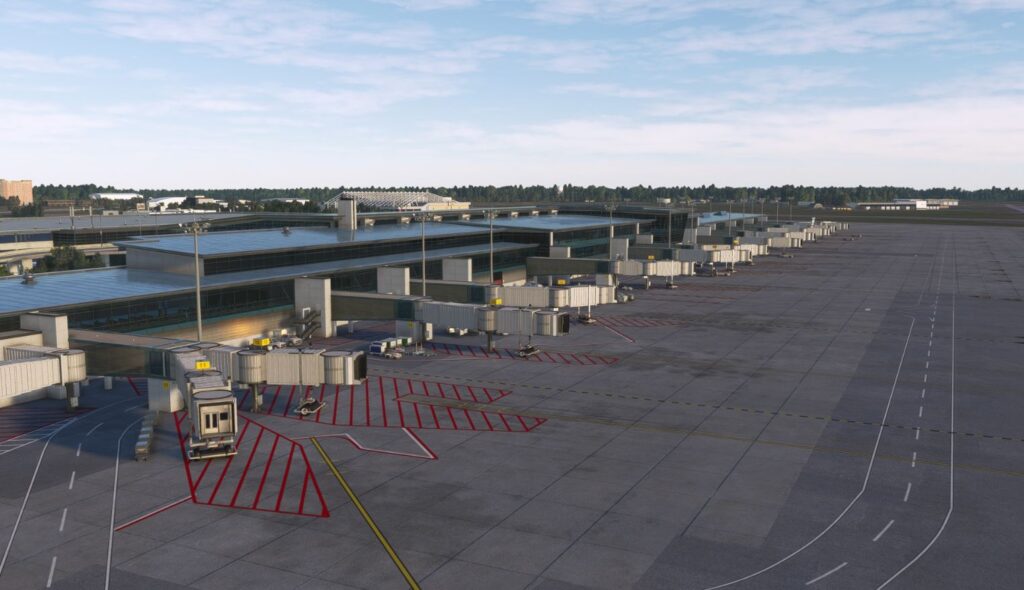
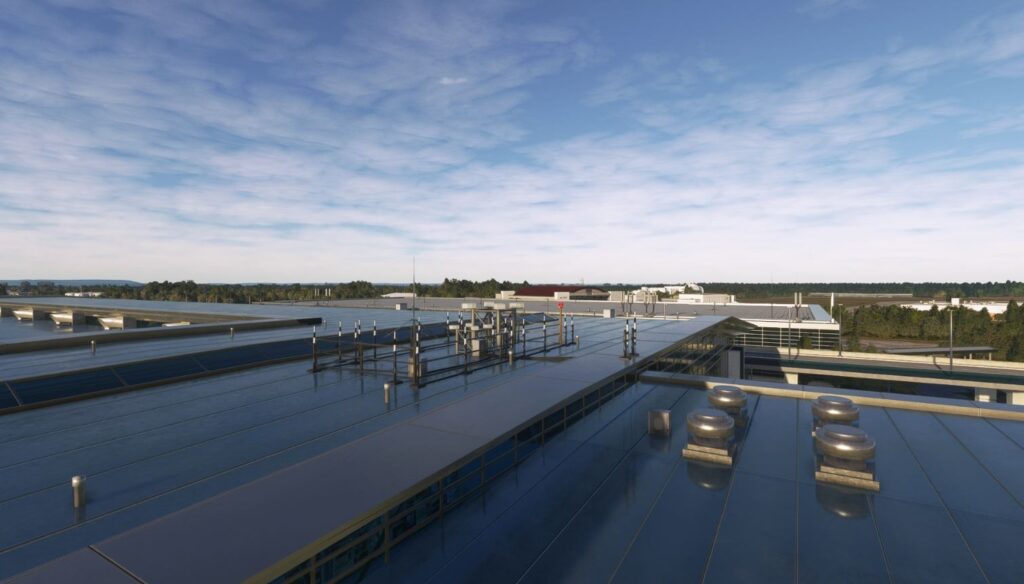
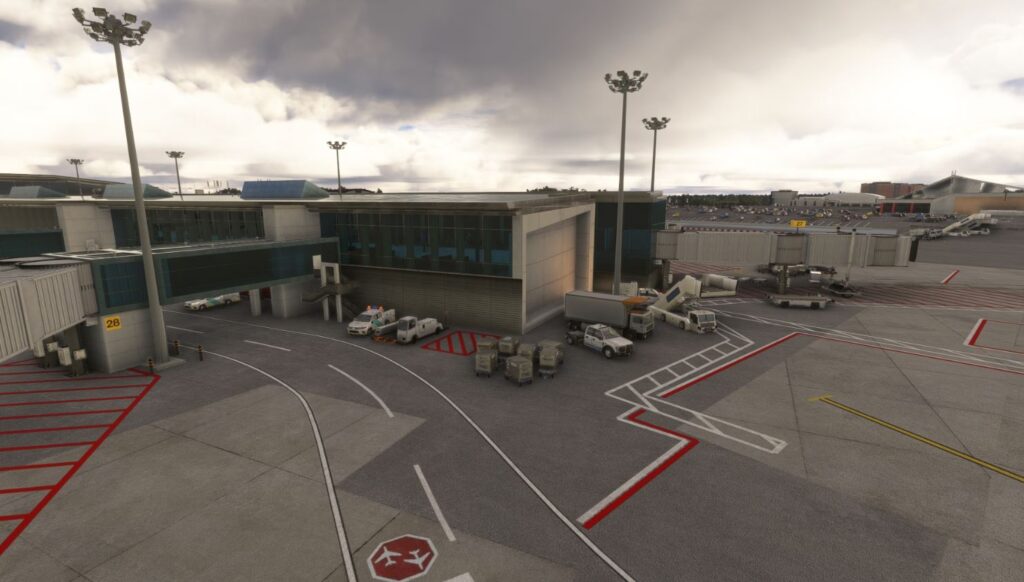
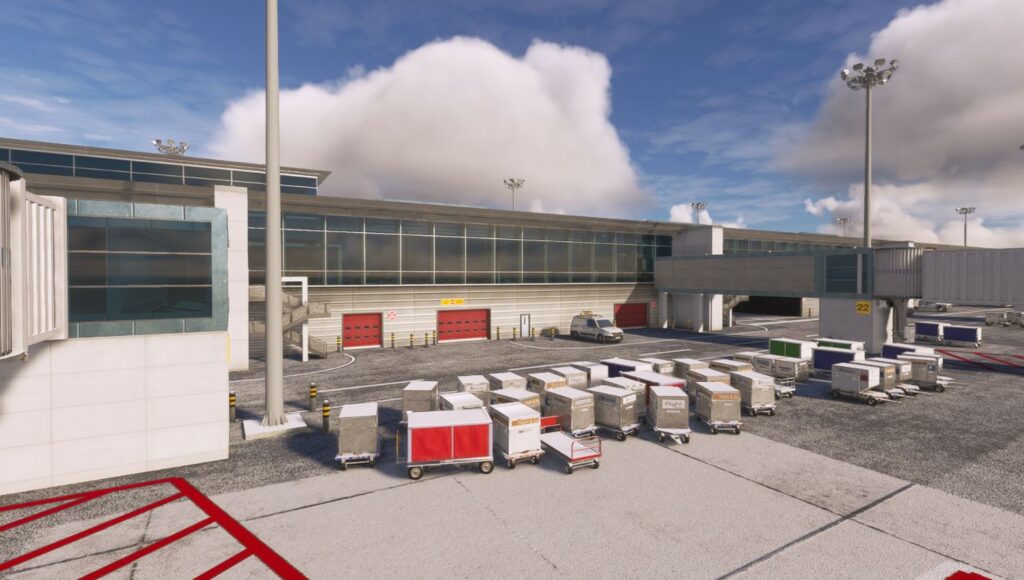
The street side of the terminal has its own features. There is a two level roadway that serves the arrival and departure doors; they’ve been enhanced by including parked cars, people, baggage carts and appropriate signage.
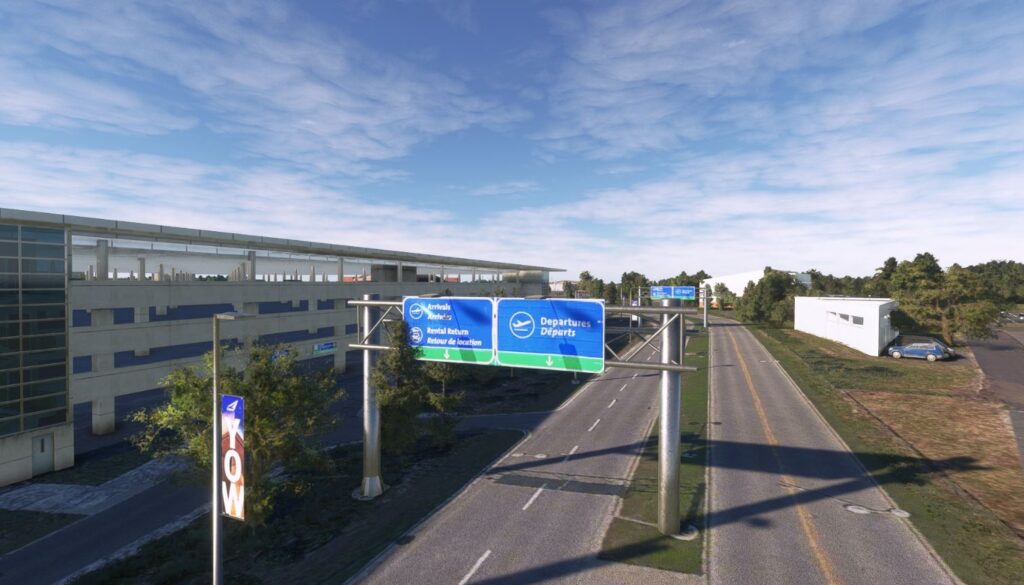
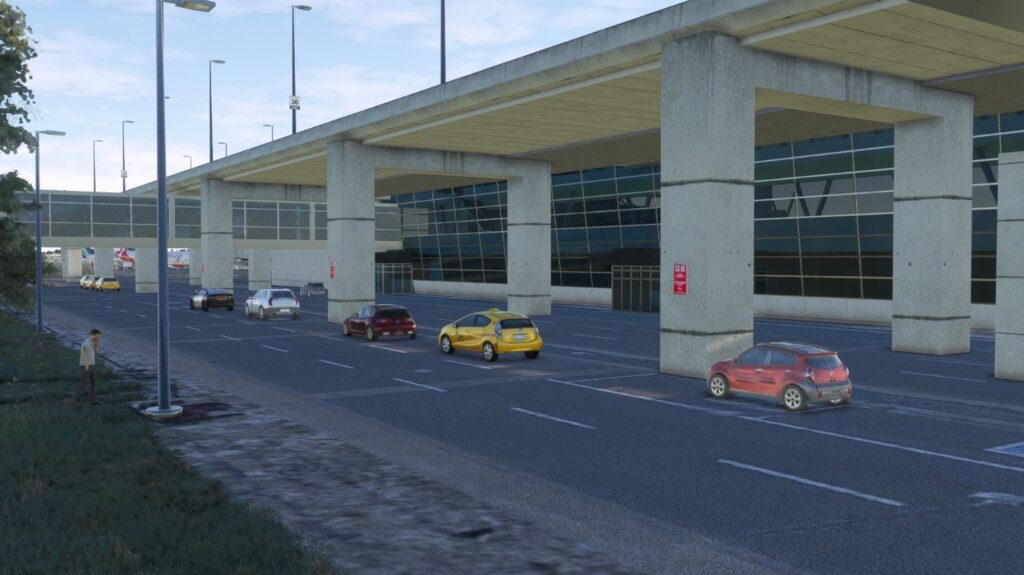
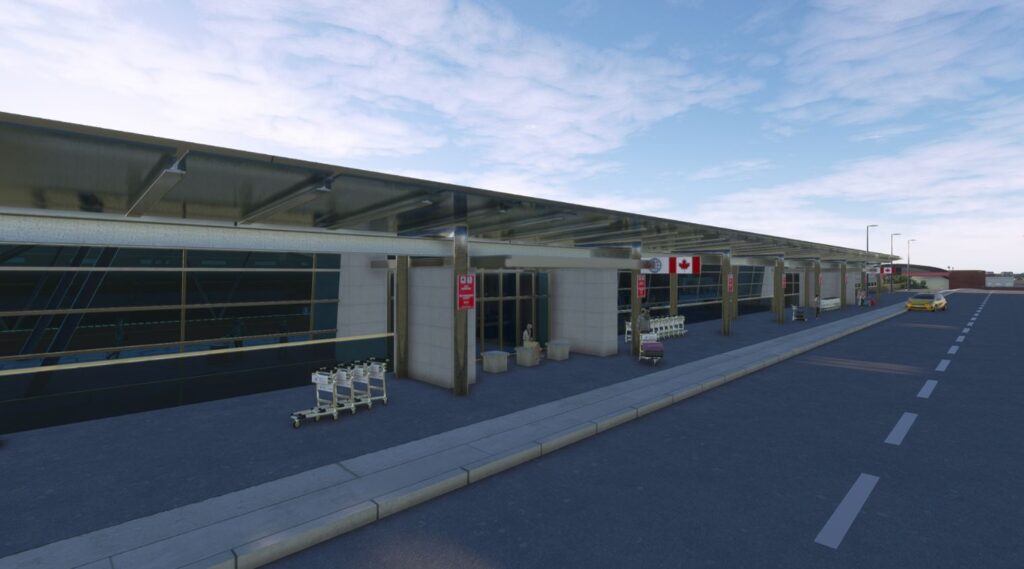
Also noteworthy is the display of Canada’s national flag along with the flags of all the provinces and territories painted onto the panels of the parking garage wall that faces the terminal building.
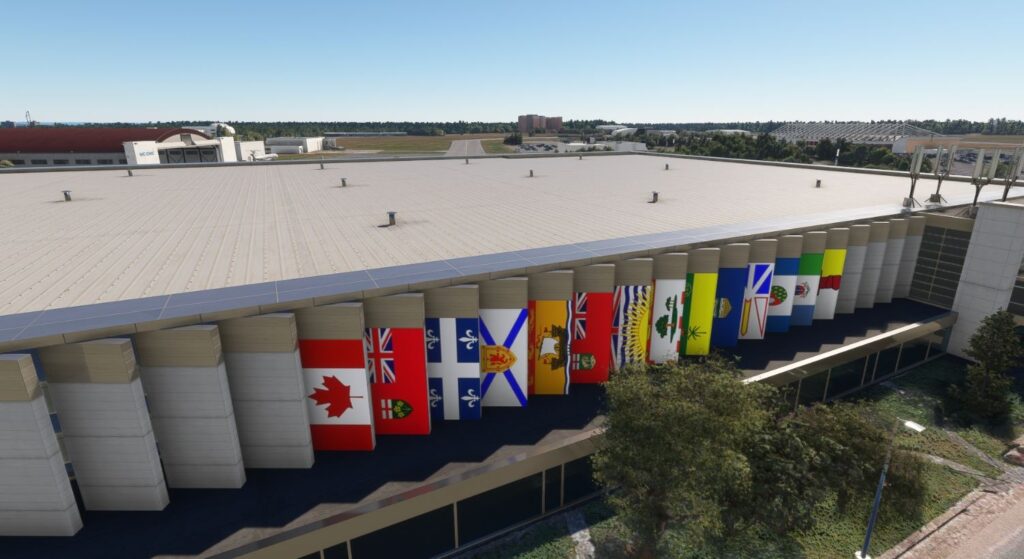
Located to the north of the terminal along runway 14/32 are several 50’s era hangars with their distinct red brick walls and rounded roof tops plus the de-icing area. The doors on these hangars are operational with several static aircraft inside. De-icing vehicles are also visible and ready for de-icing if needed.
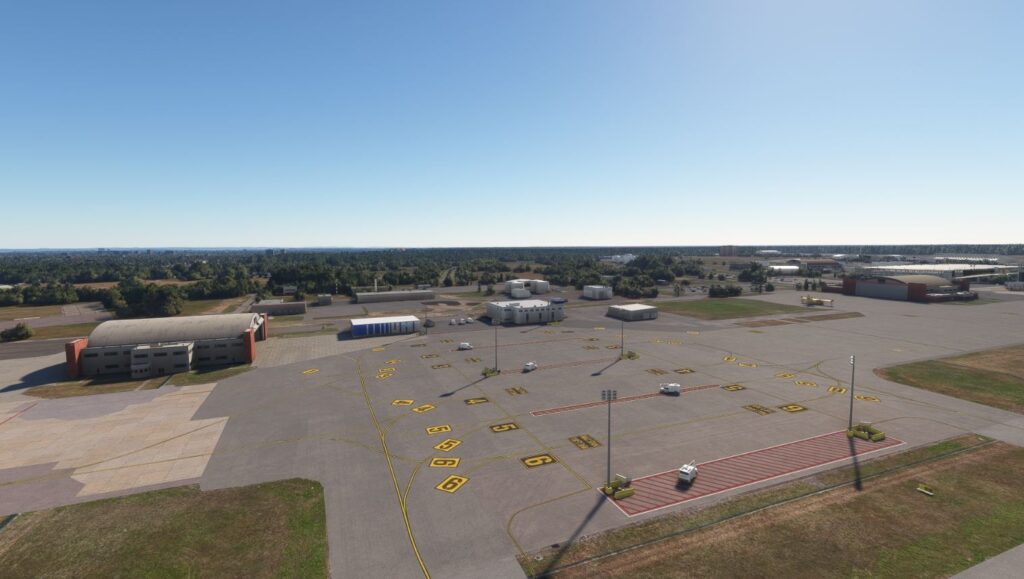
Moving to the area on the northeast side of the main parking garage is another small cluster of buildings used by the NRC or National Research Council Centre for Air Travel Research. Again there is a hangar, several other administrative buildings. This area is connected to the main airport via taxiway G which includes an air bridge to cross over top the airport entrance roadway. One of the more unique structures at the airport is located just off of this area and it is the high speed wind tunnel facility also run by the NRC.
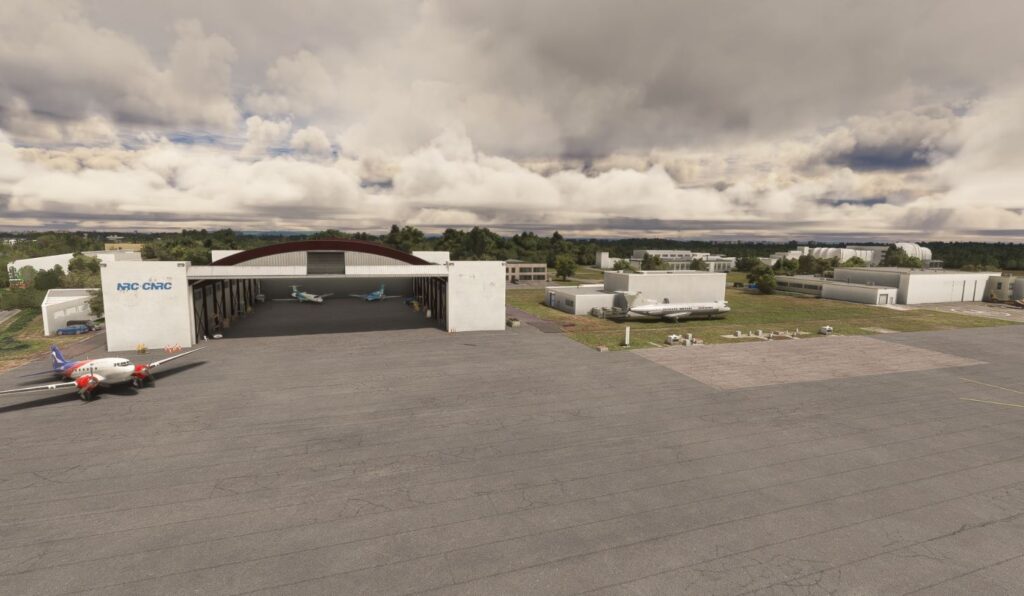
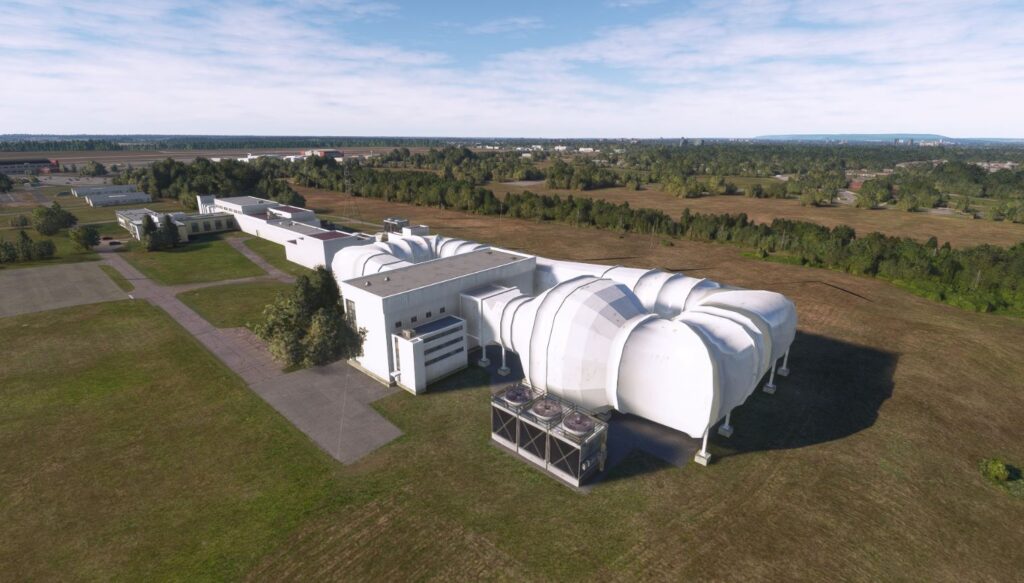
Moving east along the length of runway 07/25 is the outdoor long term parking lot, Aircraft Services building and hangar with its unique external roof support beam structure and then the Customs building and several commercial maintenance service hangars.
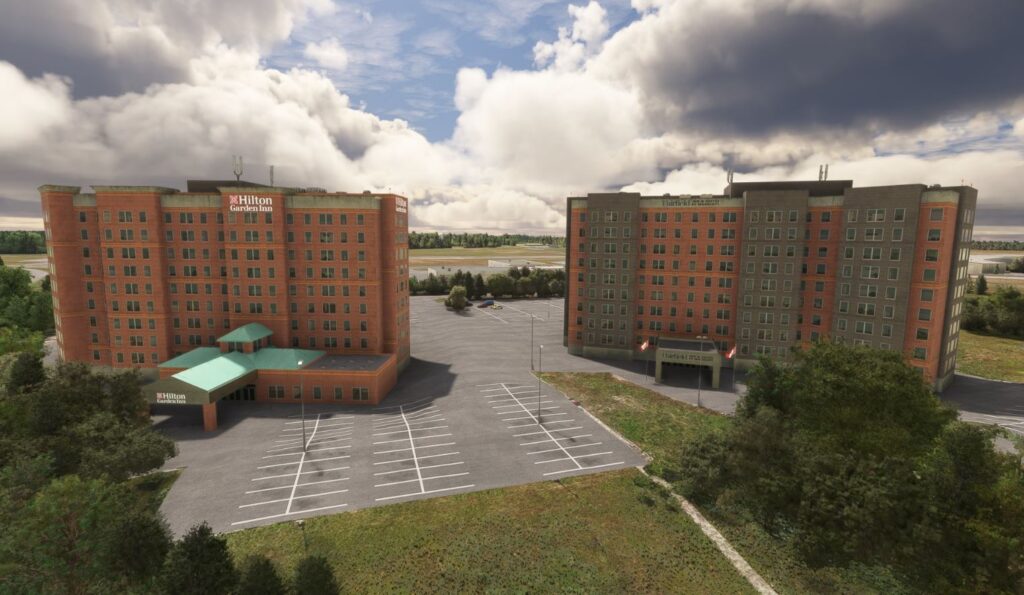
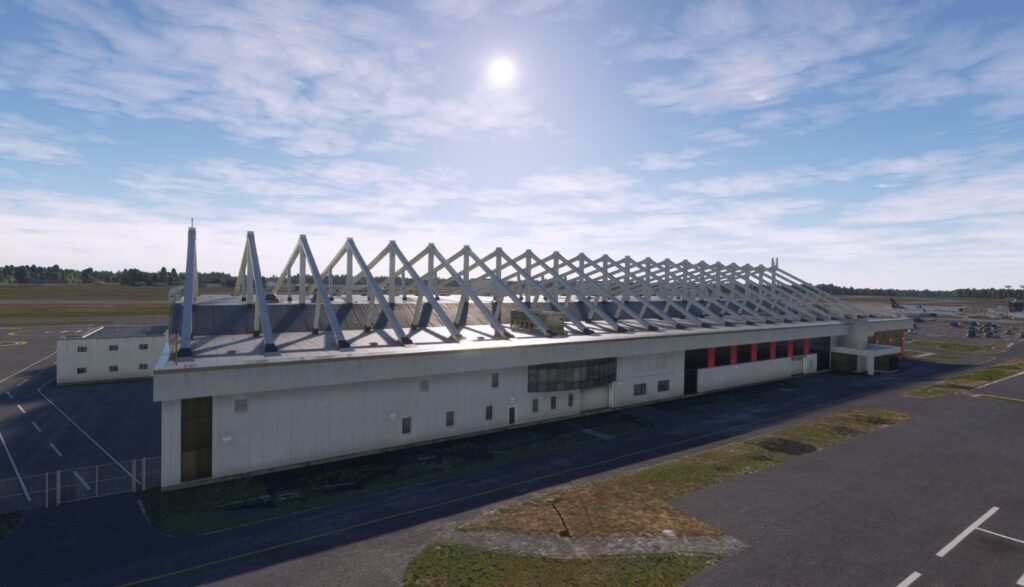
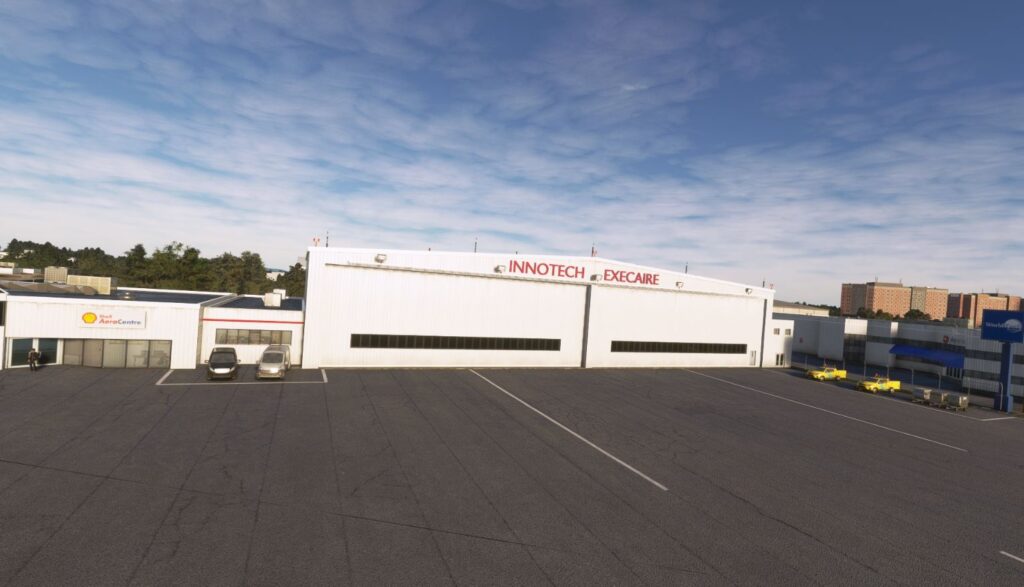
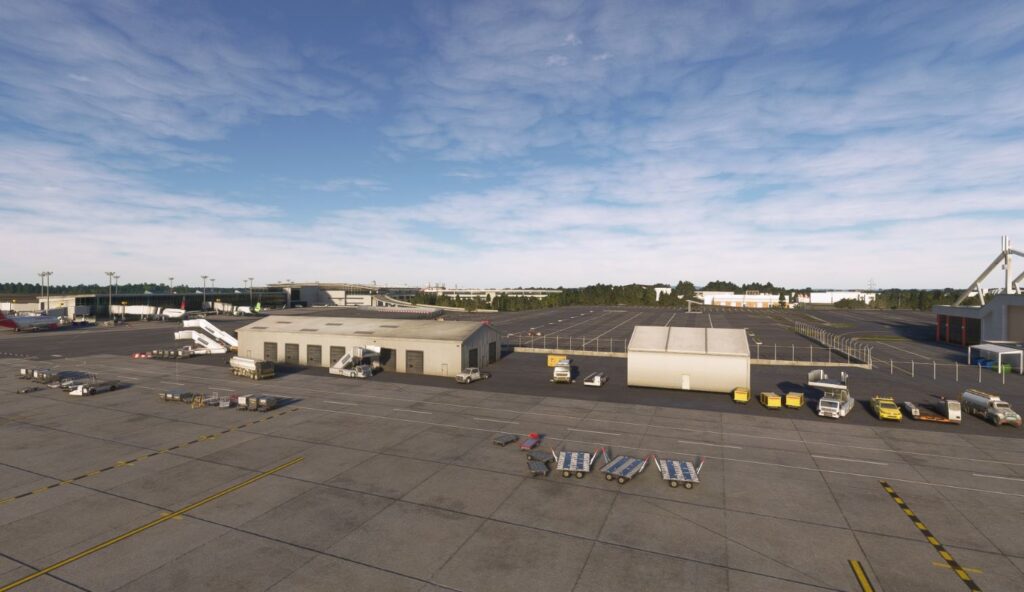
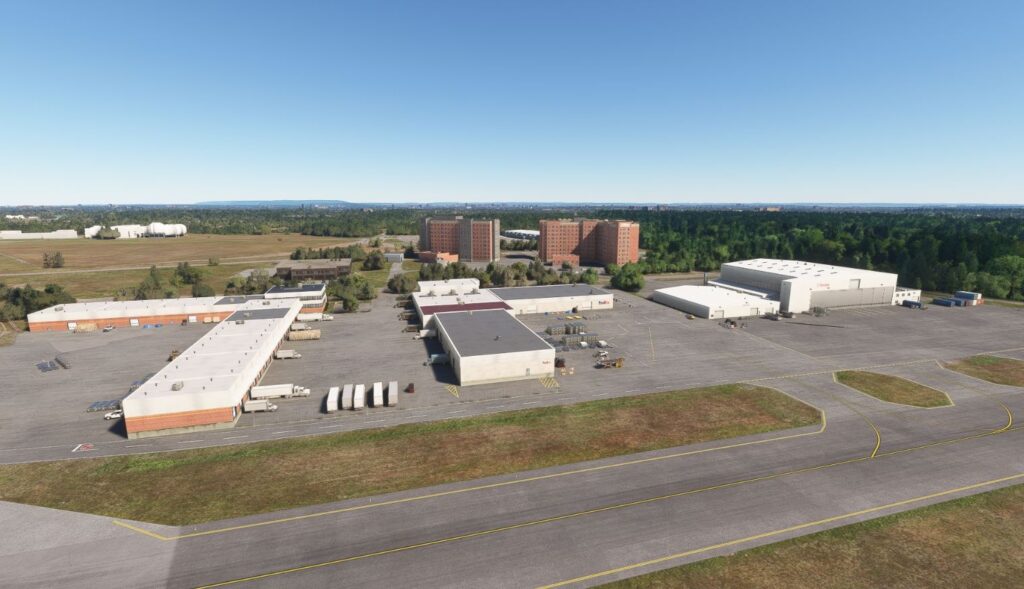
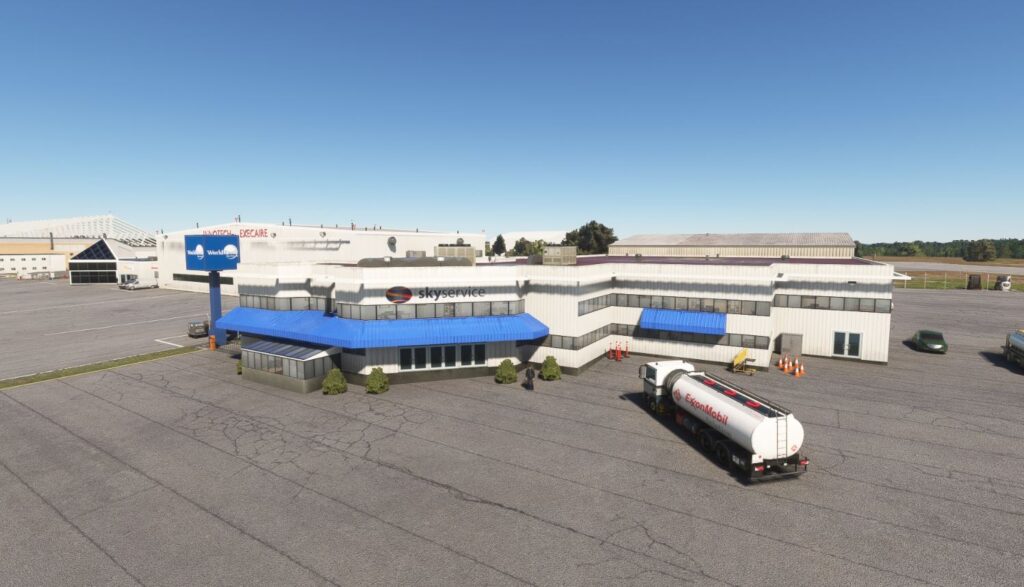
On the south side of runway 07/25 is where we find the airport fire station, maintenance garage and then further away is the Ornge Helicopter service pad and building.
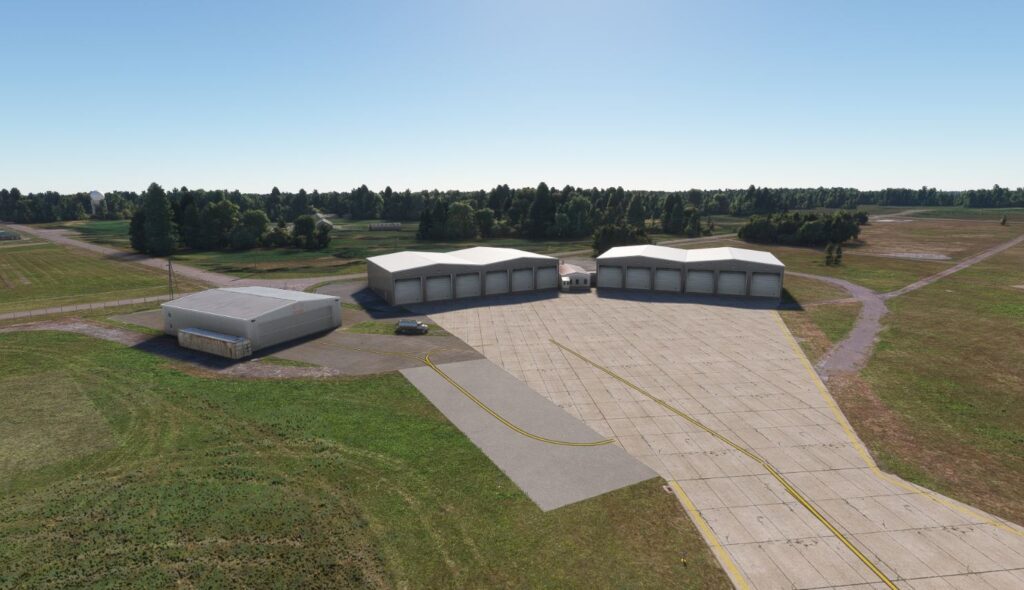
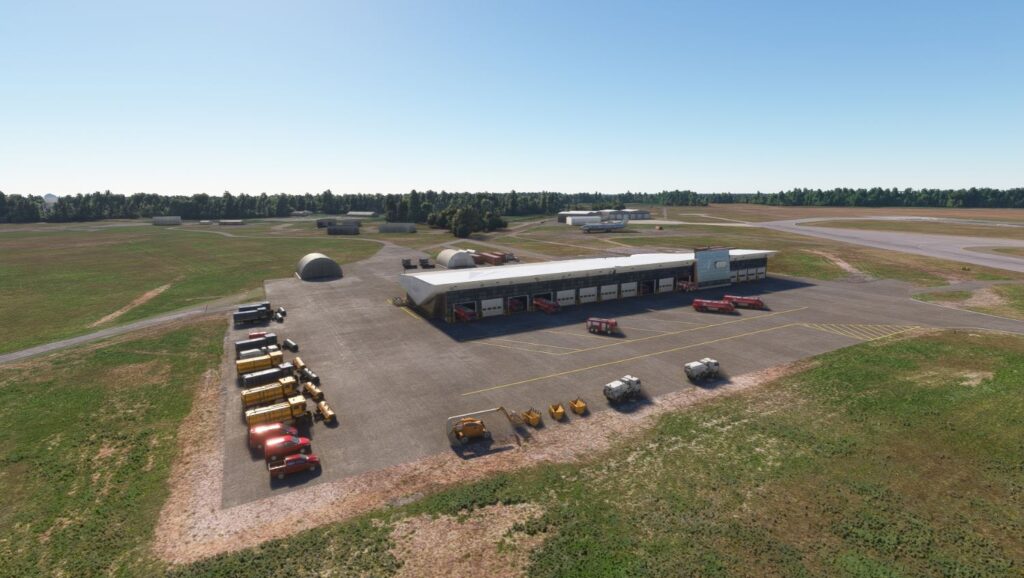
The final cluster of buildings near the western boundary of the airport property is where the control tower and Nav Canada Logistics Centre is located.
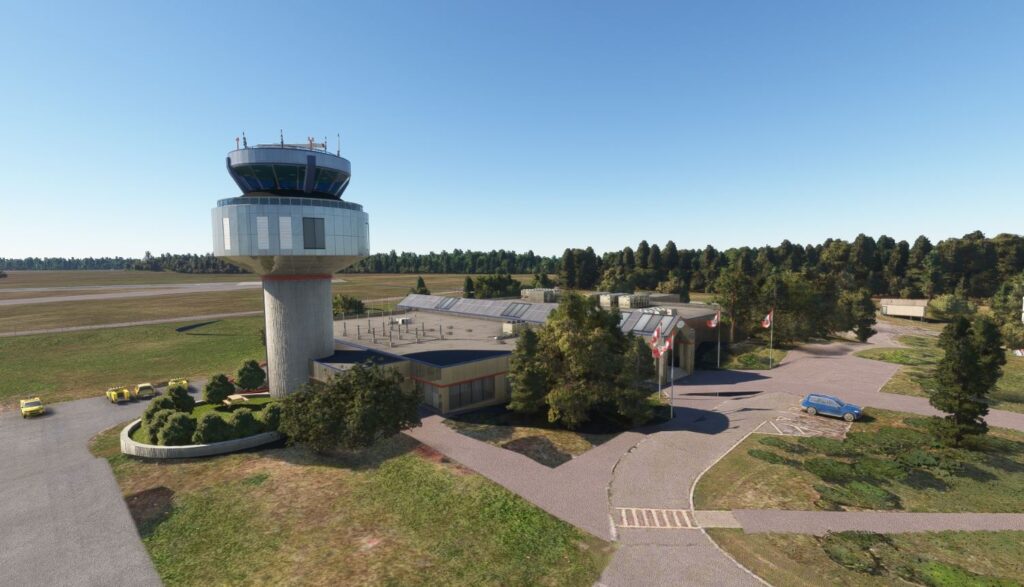
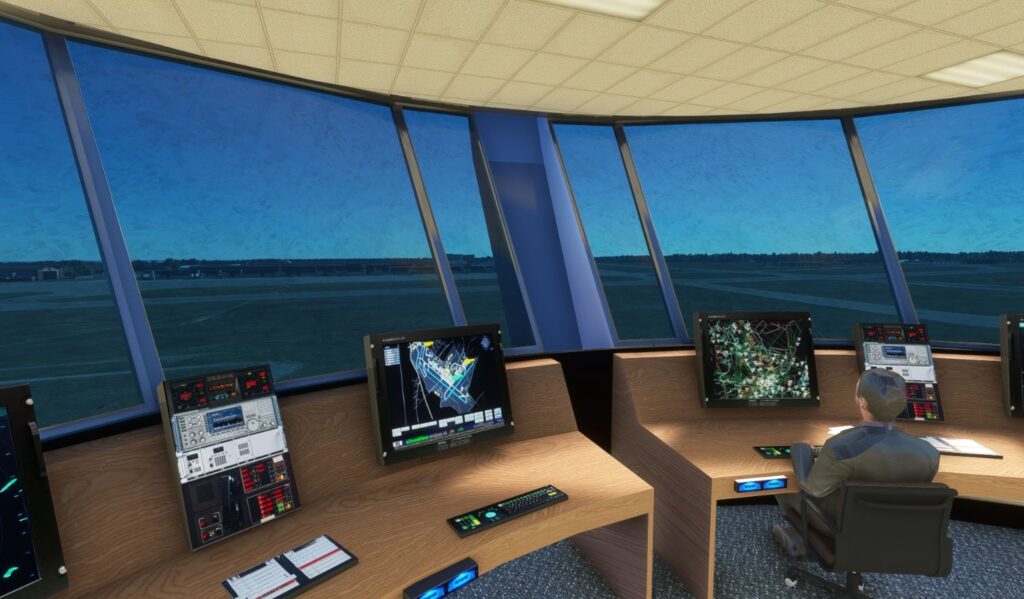
Throughout the entire airport the developer has made sure to include the appropriate accompanying objects to support the function of any given structure or service area.
Interior Modelling
The developer has modelled the interiors of the main terminal as well as several of the hangars. Having flown in and out of this airport several times over the past few years I was interested to see how close to reality their work was. I have to say I that again I was impressed. Although they didn’t take modelling the terminal interior to the extreme like some developers do they still included enough detailing so that you had a sense of being in the airport’s terminal.
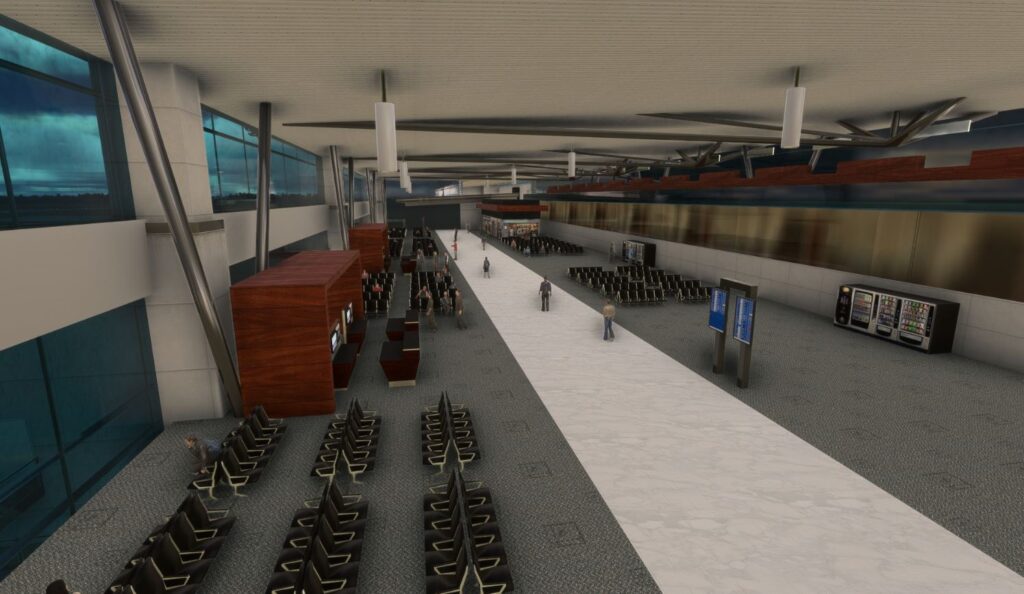
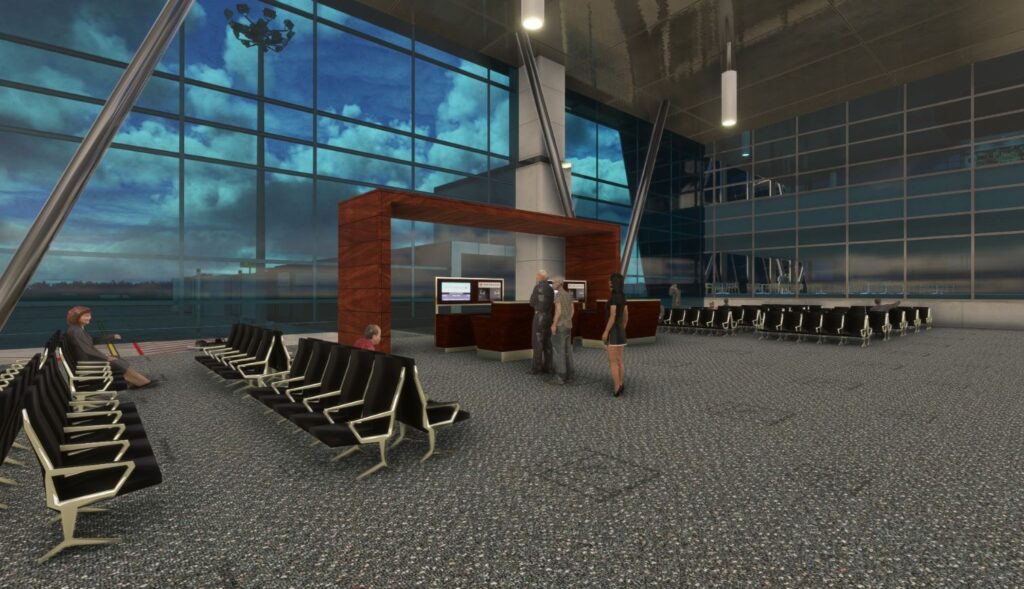
Also noteworthy is the level of detailing they put into modelling many of the maintenance hangars. I found them to be detailed, interesting and quite realistic. Each was unique in their own right with some even including static aircraft, all had detailed walls, ceilings and numerous objects to give a sense that these were indeed places where you would carry out the maintenance or simply the storage of aircraft. As mentioned previously the doors of many of these are animated to open and close.
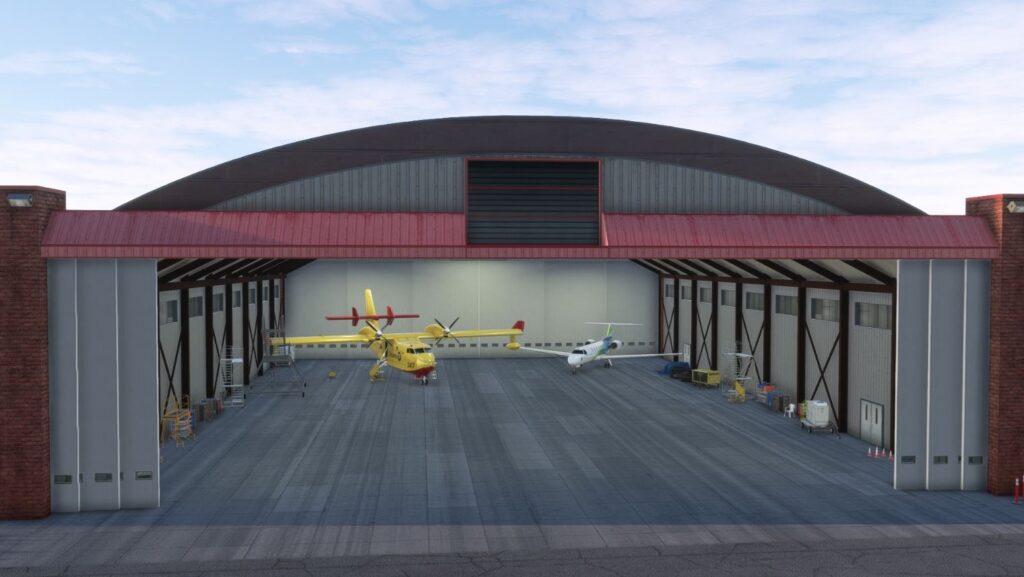
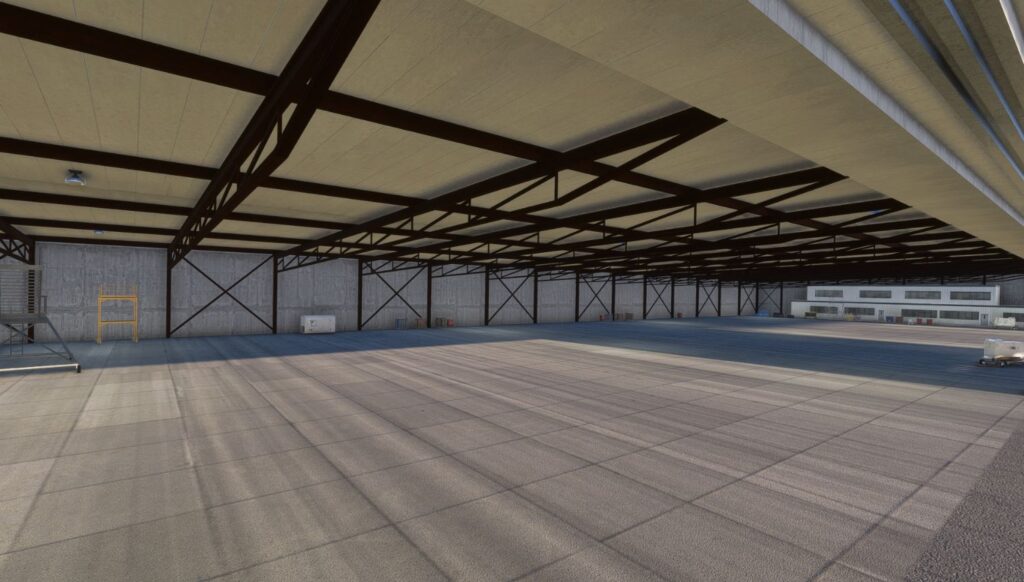
Night
Apron, building and ground lighting all had good intensity levels making for realistic effects. How and where ground and building surfaces were illuminated matched the type of lighting source. Overall I found this aspect to be quite good.
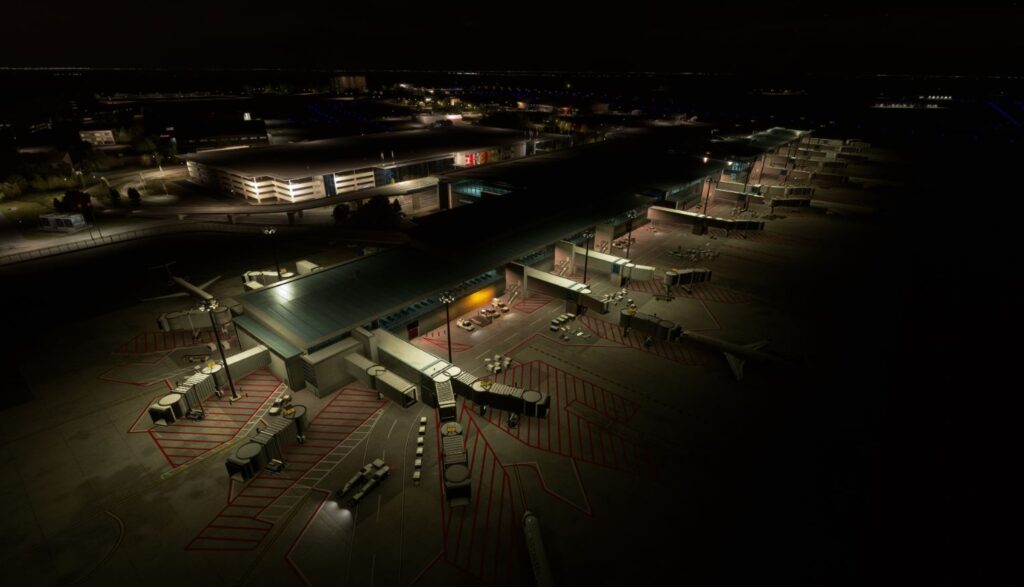
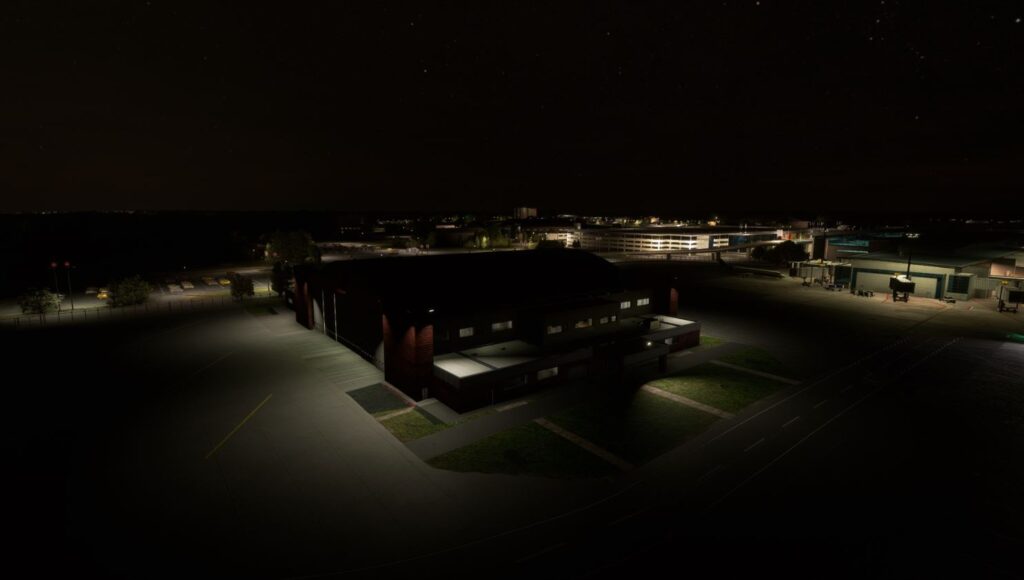
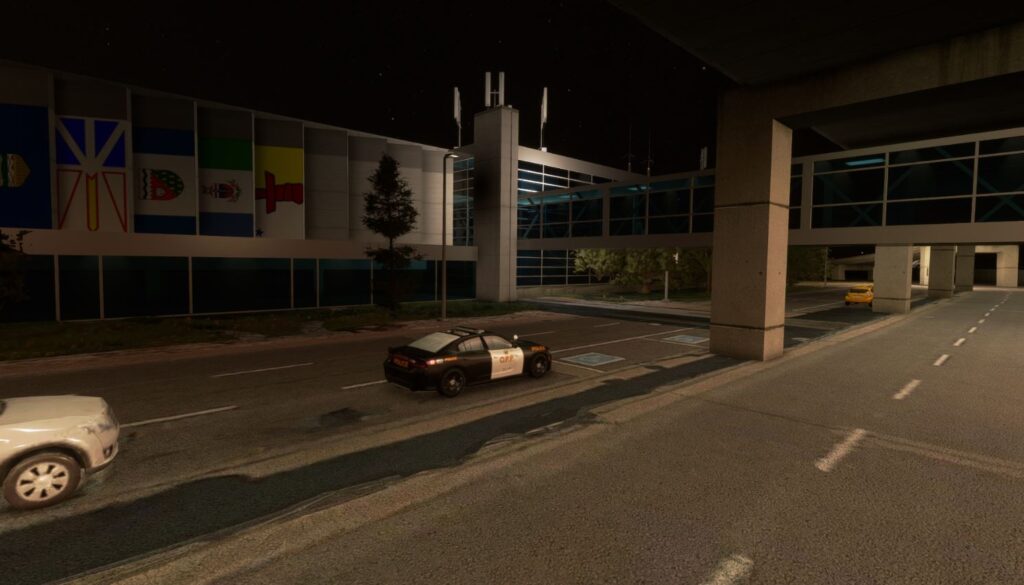
Final Thoughts
I was very happy with the quality and accuracy of this airport scenery. In spite of having encountered some elevation issues I felt that overall the developer did this airport justice. This scenery will give anyone interested in flying in and out of Canada’s capital city a rewarding experience.
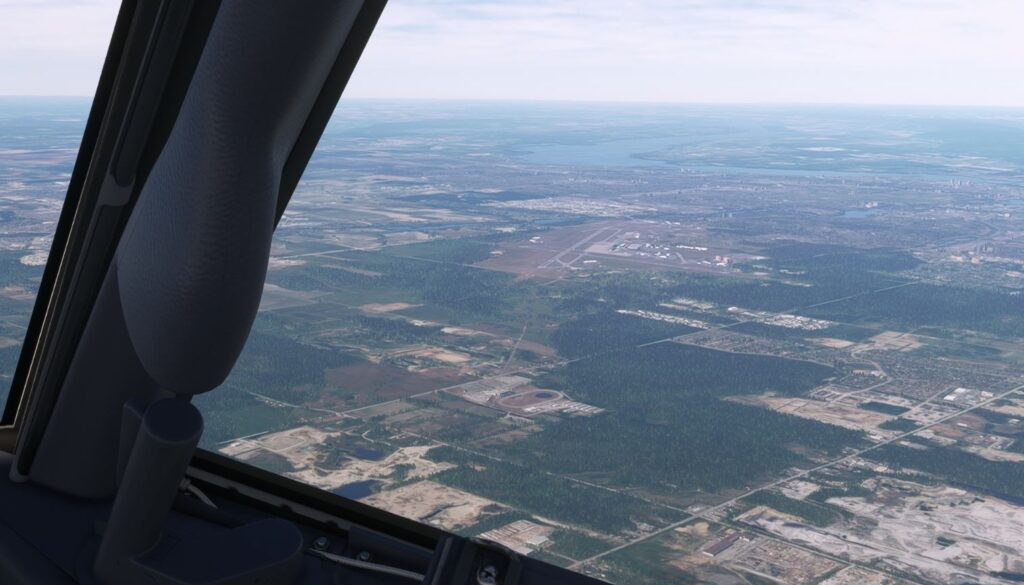
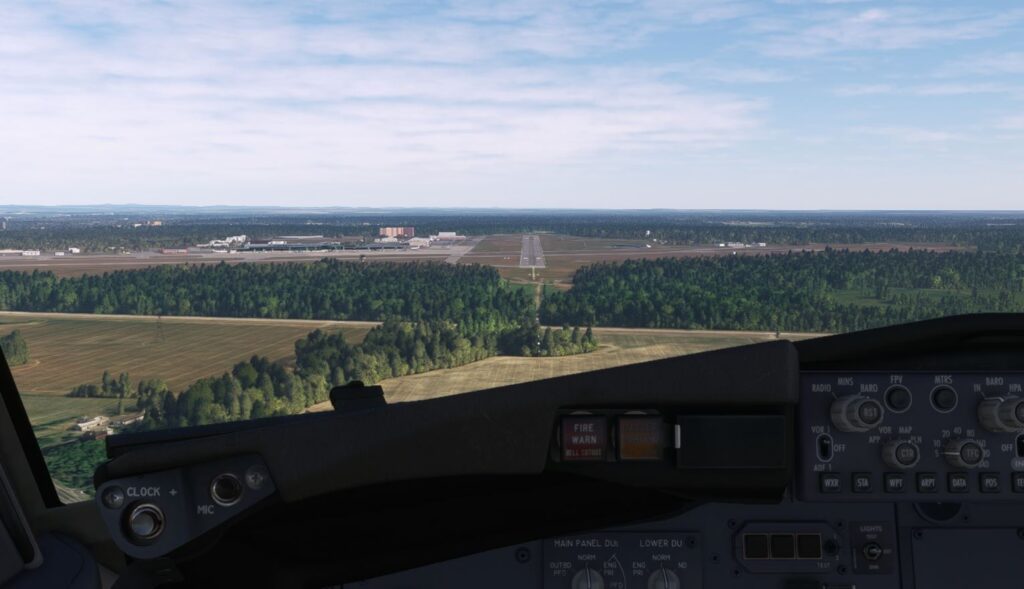
Review by Rick Desjardins
| PROs | CON |
| ➢ High quality product of an airport that may not be on the radar of most flight simmers ➢ Lots of interesting details and animations ➢ Good price point | ➢ Some elevation issues near runway 14/32 |
| Purchase | Test System |
| SIMMARKET.com Developer: Roman Design Price: EUR 16.99 (+tax EU customers) | Ryzen 5 5600X, ASUS TUF X570-Plus MB, 1 TB NVMe SSD, 32Gb DDR4 RAM, ASUS RTX 3060 OC w/12Gb VRAM, Win 11, Track IR, FSLTL AI traffic, MSFS graphics settings to Ultra. |








Simaddons CYOW is much more detailed